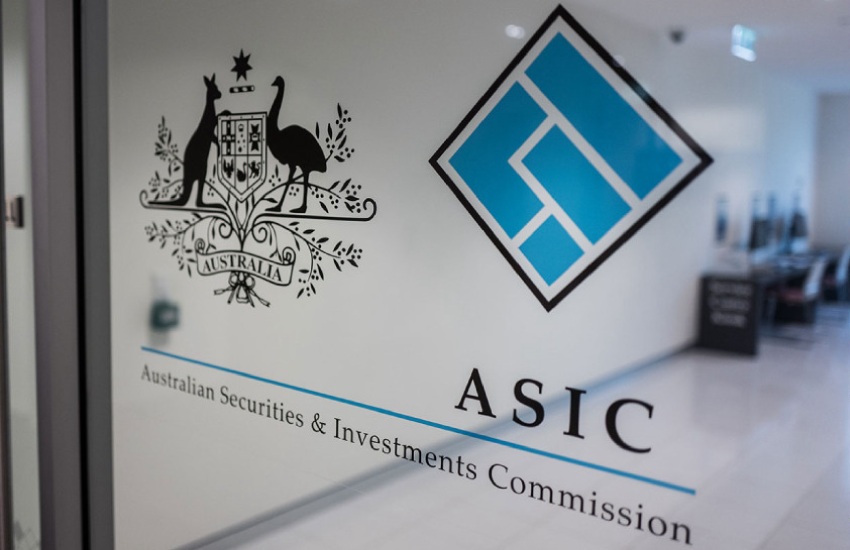Listed entities’ JobKeeper payment details made public
TaxNew disclosure requirements have kicked off this week, seeing listed entities’ JobKeeper payment details made publicly available to the market.

On Tuesday (7 December), ASIC confirmed the new JobKeeper disclosure requirements have come into effect, meaning that Jobkeeper information required to be disclosed by listed entities is now publicly available on ASIC’s website.
The information details the listed entity’s name and ABN; the number of individuals for whom the entity or its subsidiaries received Jobkeeper payments each fortnight that ended in the financial year; the total amount of Jobkeeper payments the entity and its subsidiaries received in a Jobkeeper fortnight that ended in the financial year; and, whether or not the entity or its subsidiaries made voluntary repayments of Jobkeeper payments, and the total amount of those repayments if they did.
The information being made public comes after ASIC confirmed the changes for listed entities earlier this year, with the reporting obligations kicking off on 14 September.
“ASIC’s Jobkeeper report consolidates this information,” ASIC’s latest statement noted.
“The report will be updated at the beginning of each month and will capture information disclosed to the market through to the end of the previous month. The report published today captures Jobkeeper information disclosed up until 30 November 2021.
“Listed entities are responsible for ensuring that information disclosed in their Jobkeeper notices is up-to-date and accurate.”
This latest development comes after October, the release of a review into JobKeeper on 11 October, in which Treasury found that $27 billion of the $89 billion wage subsidy was paid out to businesses that didn’t qualify.
The Treasury review found that in the June quarter of 2020, $11.4 billion was paid to businesses that didn’t record their forecast reduction in turnover compared to the year before, before a further $15.6 billion was paid out in the September quarter.
Of the full $27 billion that was paid to businesses that didn’t qualify, $13.8 billion was pocketed by businesses that instead went on to record boosted profits, while another $13.2 billion went to businesses that recorded softer reductions in turnover.
Related:




